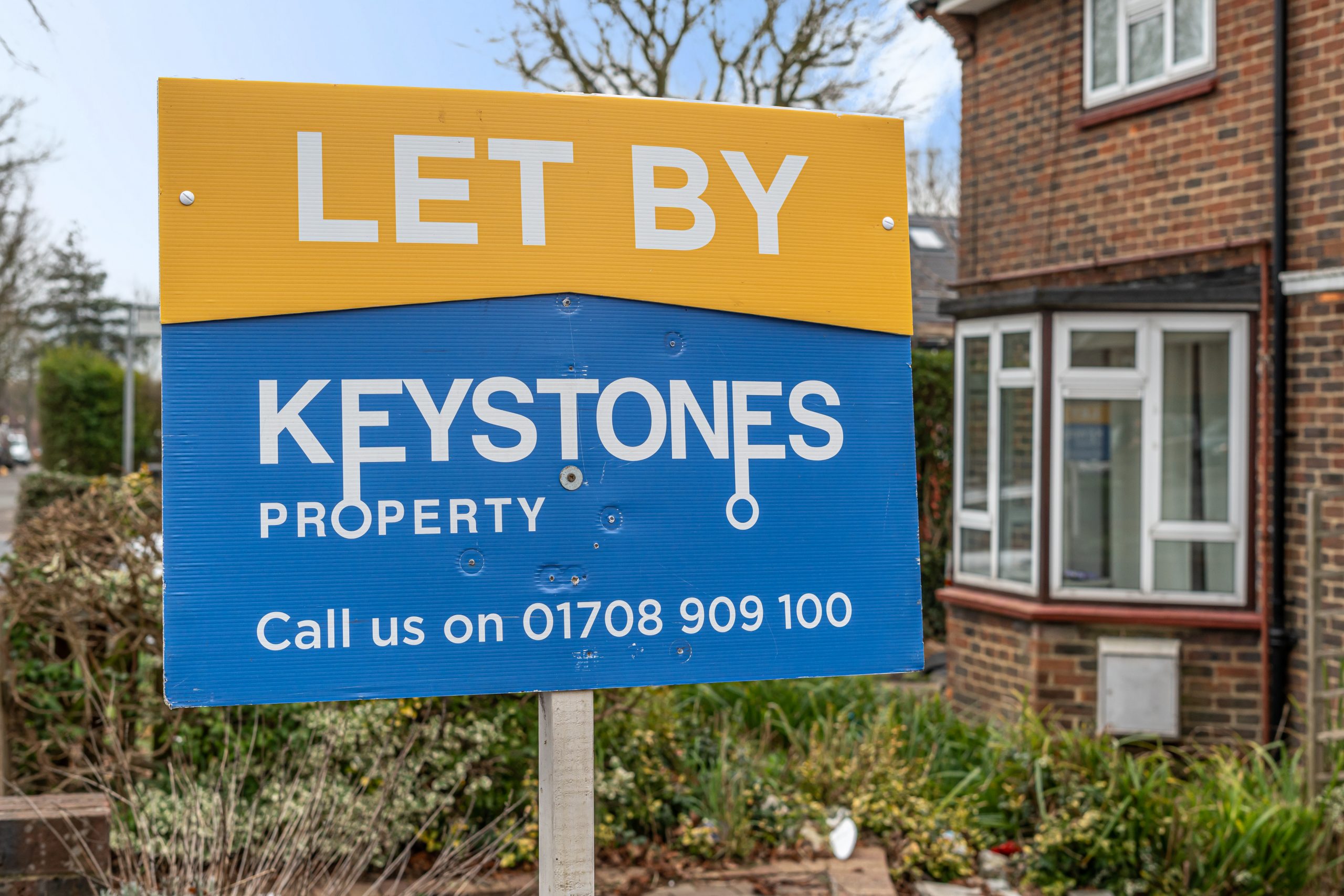A Property Inventory is More Than Just a List of Items
Compiling and agreeing a property inventory is a fundamental aspect of the rental agreement between a tenant and landlord. Make sure you get it right.
Whether you are a private landlord or a tenant, it is easy to feel a little overwhelmed with all the paperwork that is involved when it comes to a property rental. The referencing documents, tenancy agreement and deposit scheme can each run to page after page. A property inventory sometimes seems like just another waste of trees that you need to flick through, sign and throw into the pile.
That is a dangerous attitude to take, however, whichever side of the tenancy you are approaching from. As a Collier Row estate agent in an area that is becoming increasingly popular with buy to let landlords, we can help to draw up a property inventory. Here are some of the things you will need to consider.
A Property Inventory is More Than Just a List of Items
Compiling and agreeing a property inventory is a fundamental aspect of the rental agreement between a tenant and landlord. Make sure you get it right.
Whether you are a private landlord or a tenant, it is easy to feel a little overwhelmed with all the paperwork that is involved when it comes to a property rental. The referencing documents, tenancy agreement and deposit scheme can each run to page after page. A property inventory sometimes seems like just another waste of trees that you need to flick through, sign and throw into the pile.
That is a dangerous attitude to take, however, whichever side of the tenancy you are approaching from. As a Collier Row estate agent in an area that is becoming increasingly popular with buy to let landlords, we can help to draw up a property inventory. Here are some of the things you will need to consider.
More than just a list
The property inventory should be created immediately prior to the new tenant moving in, and ideally should be tied in with a formal landlord’s inspection. This is the best way to have a clearly documented summary of what is there, when it was there and, crucially, what condition it was in at the time.
If the property is being let in an unfurnished condition, the process is simpler, but you would still be surprised at just how long it can run.
Be methodical
The best approach is to start at the front door and work your way around the property from room to room in a logical order. Take a note of everything in each room, paying particular attention to the following:
- Condition of walls and ceilings, including paint or other coatings
- Fixtures such as radiators, wall heaters, etc.
- Floor coverings – type, colour, condition and any stains or damage
- Windows – type, condition and any damage
- Window furniture, curtains, and blinds if fitted
- Cupboards and kitchen units, noting operation of doors and latches
- Kitchen appliances if included, including make, model, approximate age and presence of documentation
- Bathroom fixtures and fittings including towel rails, toilet roll holders, etc
- Boiler and heating appliances, including make, model and service stamps
- Any accessories or decorative items such as mirrors, pictures, etc
If the property is being let fully or part furnished, this is only the beginning. You will also need to itemise every article unless you are prepared to “write it off” – for example, if there are a few items of cheap crockery in the kitchen, you might be happy to operate under the assumption that these are likely to get broken or damaged over time, and they will be long gone by the time the tenant leaves – in this case, you can leave them out.
Remember outside too
If your property has a garden, remember the golden rule – if it’s not on the inventory, it wasn’t there. Anything that is of value and that you expect to remain after the tenant has gone needs to be on the list. This includes things like the TV aerial, hose reel, garden shed and even any particular plants or shrubs.
Don’t let things slide
Once the inventory is drawn up, the tenant needs to check it and sign it. Sure, there are plenty of other things to do, and it takes a couple of hours to do it, but this is one thing that really can’t wait, so ask them to go through it straight away, the day they move in. That way, your relationship can start the way it needs to go on, in a spirit of cooperation and understanding.
More from the Keystones learning hub
Keep updated with what's going on in your local area. Our latest news provides up-to-date information on everything regarding the local property market, for everyone including homebuyers, sellers, tenants, and landlords.
Section 21 – Abolishment

19 December, 2024
Will Pets Be Allowed In Properties With The Renters Rights Bill?

19 December, 2024
Banning Discrimination – Renters Rights Bill

19 December, 2024

Come and see us face to face
Keystones are Open 6 days a week. Pop in, have a Tea or Coffee as we always have people on hand to help you.
Keystones Property
-
Keystones Property Collier Row
13 Clockhouse Lane, Collier Row, Romford, Essex, RM5 3PH, United Kingdom -
Email: [email protected]
-
Telephone: 01708 909 100







